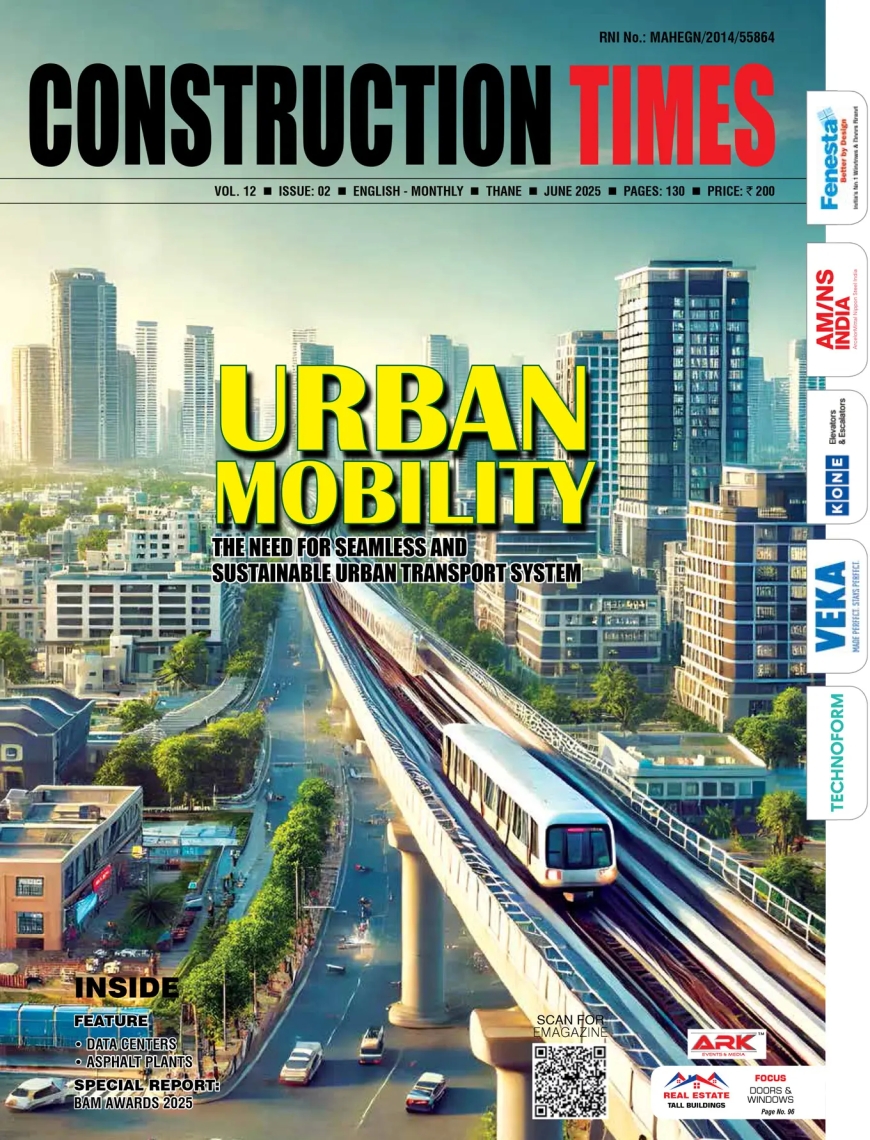Technology adoption in railway modernization: The tracks ahead
Indian Railways, a lifeline of India’s economy, contributes ~1.5% to the GDP and is among the world’s largest railways based on network size, route electrification, rolling stock, passenger volume, and freight traffic.

Indian Railways, a lifeline of India’s economy, contributes ~1.5% to the GDP and is among the world’s largest railways based on network size, route electrification, rolling stock, passenger volume, and freight traffic. Yet, a significant portion of its infrastructure dates back to the colonial era. With the growing demand of India’s dynamic economy, modernization is necessary for the railways to ensure speed, safety, sustainability, and competitiveness.
Why modernization can’t wait
Despite its central role in the economy, Indian Railways continues to rely on ageing infrastructure that limits its responsiveness to the demands of a fast-evolving transport landscape. While upgrades are underway, the network still lags behind its global peers in many areas.
For the railways to stay competitive and future-ready, modernization becomes essential across several fronts:
· Outdated rolling stock: Around 29% of locomotives still run on diesel, and many passenger coaches use old ICF designs that lack efficiency and safety. While replacements are ongoing, fleet renewal must accelerate.
· Track congestion: Nearly 50% of the track infrastructure is over 50 years old, leading to operational bottlenecks. The current operations also have overutilized sections, causing congestion that affects speed and punctuality. However, the Indian Railways spends only ~7% of gross revenue on track maintenance renewal—much lower than its global peers.
· Legacy signalling systems: Many parts still rely on manual and semi-automated signalling, which raises safety risks and slows operations. In contrast, global leaders operate with fully automated, computer-based systems, ensuring optimal safety and efficiency.
· Passenger expectations: The experience from international railways is raising passenger expectations at home, with travellers increasingly expecting high-speed, comfortable, and digitally enabled journeys.
· Sustainability goals: With a target to reduce emissions, Indian Railways must accelerate its shift to cleaner, greener technologies.
· Intermodal competition: To stay competitive with Air and Road Transport modes, railways must extend beyond an economical mode and strive to match or exceed the speed, reliability, and convenience of these other modes.
Technology as the engine of change
Recognizing these challenges, Indian Railways has launched a modernization drive anchored in technology with initiatives across policy frameworks (National Rail Plan), JVs with global railways and rolling stock manufacturers, development of high-speed corridors, and multimodal integration.
· Smart rolling stock: Modern coaches are equipped with IoT sensors for real-time fault detection, CCTV surveillance for passenger safety, and predictive maintenance solutions to reduce downtime.
· Intelligent signalling and safety: Systems like ETCS Level-2 and the Indigenous KAVACH Automatic Train Protection (ATP) improve safety and network capacity. Over 1,400 km are already covered, and a full network rollout is in progress.
· AI and analytics for smarter operations
· Sustainable innovation: With a goal of net-zero emissions by 2030, Indian Railways is developing Green-certified stations like Rani Kamalapati, utilizing LED lighting, solar rooftops, and regenerative braking, investing in Hydrogen-powered trains, such as those under trial on the Jind–Sonipat route.
Future technologies on the horizon
· Ultra-high-speed travel: Concepts like Hyperloop and Maglev trains aim to dramatically reduce long-distance travel times. India has also expressed interest, and an MoU for a Mumbai–Pune Hyperloop was signed, though progress remains uncertain.
· Driverless trains: India is exploring driverless trains implemented in select routes of the Delhi Metro; such automation could extend to intercity trains.
· Green hydrogen trains: India has launched trials of its first hydrogen-powered train on the Jind–Sonipat route in Haryana. Under the Hydrogen for Heritage initiative, 35 green hydrogen-powered trains are planned, with Rs 2,800 crore earmarked for development.
· 5G and satellite connectivity: These technologies are being explored for enhanced onboard services and signalling, especially in remote areas.
Key challenges to overcome
Modernizing Indian Railways faces hurdles like legacy integration, high costs, regulatory gaps, and workforce readiness—but targeted solutions in technology, financing, policy alignment, and skilling can help overcome them.
· Legacy integration: Digital tech must integrate with old infrastructure. Modular rollouts and simulation tools like digital twins can ease the transition.
· Funding constraints: Modernization is capital-intensive. PPP models, green bonds, and multilateral aid are potential funding sources.
· Regulatory fragmentation: Unified standards aligned with global benchmarks like UIC and ETCS can fast-track adoption.
· Skill gaps: A tech-driven railway demands a skilled workforce. Investment in training via the National Skill Development Corporation and other institutes is essential.
Conclusion
With growing demand and evolving passenger preferences shaping the future, the railways must develop into a climate-smart, digital-first mobility solution. Indian Railways today is already on this transformation journey with technology as not just an enabler but the backbone of its modernization efforts and will set global benchmarks with this ambitious overhaul.








